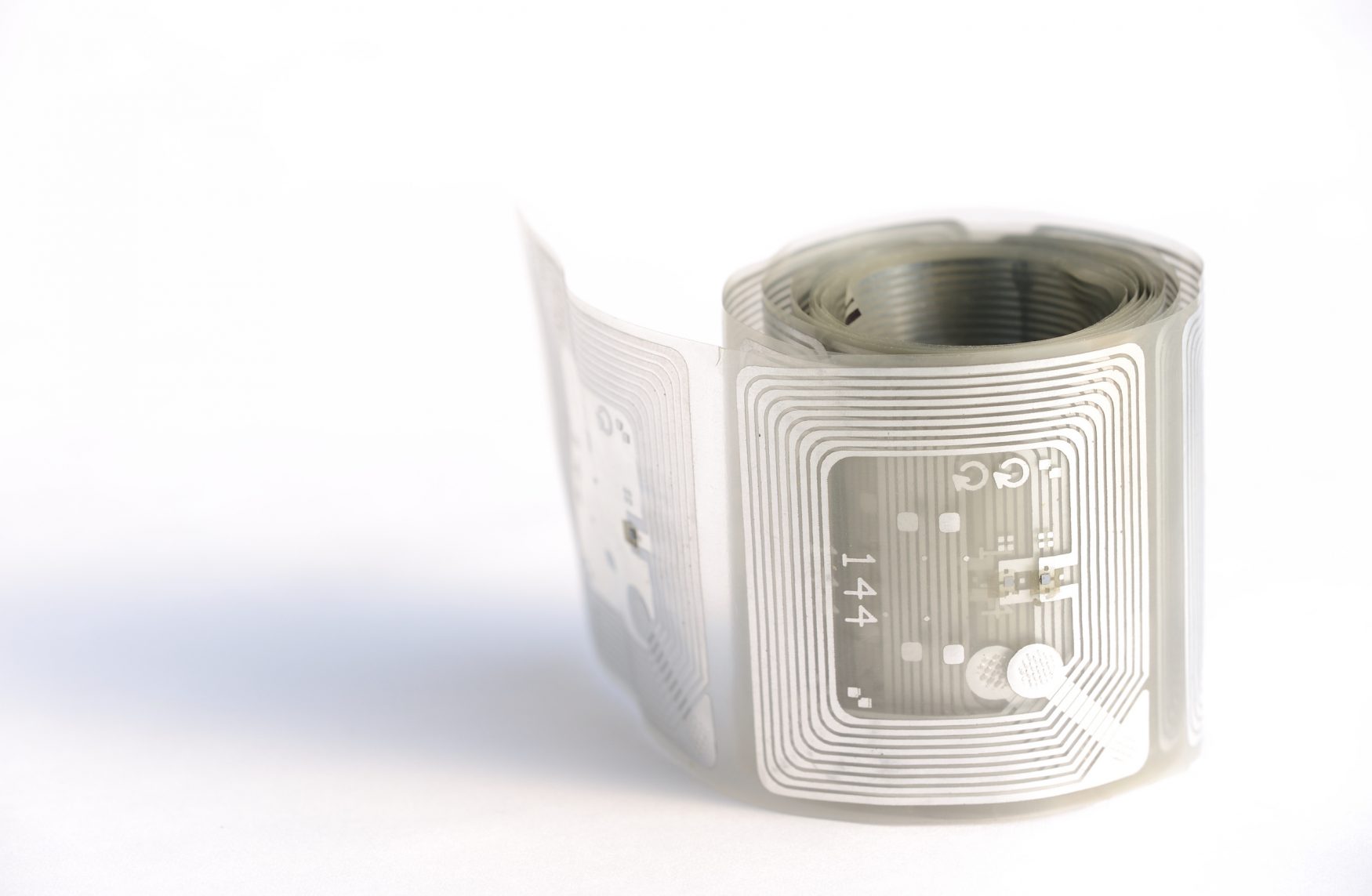
Invention of RFID Examined
Who’s Responsible for the Invention of RFID? Technology Designed to Track by Radio Will One Day be Used to Track Us Everywhere We go in the NWO; Never Take the RFID Chip.
It’s hard to pinpoint historical facts regarding the invention of RFID, such as the actual inventor of Radio Frequency Identification.
Like most modern science, it’s based on earlier discoveries. Big Brother, however, has latched onto this technology.
Radio frequencies and their use as identification markers is as old as radio itself, but it didn’t become common until World War II.
At that point, the use of special “tags” (usually frequency reflectors) began to be experimented with as armies struggled with the new business of identifying aircraft without seeing them.
Several solutions presented themselves, including an early and crude version of RFID which was tested by the British to identify friendly aircraft.
In 1948, Henry Stockman published a paper entitled Communication by Means of Reflected Power which changed the way the scientific community looked at radio and radar waves.
In the 1950s and 60s, more advances in related technologies began to make RFID as a tag small enough to be used on most items a reality.
With the advent of microprocessors, communication networks and very small circuit printing made RFID possible on a useful scale.
Several inventors during the 1960s were working with various radio frequency objects that reflected or transformed received power to accomplish a task.
The first “1 bit” tags were invented. Then these became the anti-theft item of choice amongst many retailers.
In 1973, the first patent for the invention of RFID chips that had rewritable memory was granted to Mario Cardullo while Raytheon was developing the “Raytag” at the same time.
The scientists at Los Alamos has perfected their inventory tracking RFID for nuclear materials transport identification as well.
Uses for RFID Expand
Animal tracking, vehicle toll collection and factory automation were the primary concern of RFID technology’s pursuers at this time.
The burgeoning idea of inventory management and tracking was beginning to take shape, but it had not come to fruition because of technology limitations in data storage and manipulation.
Those scientists at Los Alamos eventually took their RFID public however, and they formed a company that became the first of many to produce highway toll collection automation systems nationally.
The transponders and receivers for that use have changed little since, though the back-end (computer) systems have made leaps.
In the 1980s and early 1990s, the invention of RFID really began to pay off for many companies as technology and applications began to meet.
Railroads and container companies began to use RFID to track shipments at this time in earnest.
RFID Goes Online
Then in 1999, the Massachusetts Institute of Technology (MIT) was funded by several corporate sponsors to begin researching a universal tagging system that could be linked with computerized databases to track and monitor items.
This grew to over 100 companies investing in the research and culminated in 2003 with MIT, renaming the initiative and going global.
These tags are envisioned for all types of uses beyond just inventory tracking and shipment monitoring.
They are now seen as marketing tools that can be used to track customers as they purchase, use and discard items.
This raises some obvious privacy concerns and implications.
RFID’s Draconian Uses
The new initiatives by the Food and Drug Administration and Department of Agriculture to require farms to use RFID tags on their animals, the push by the military to use RFID to track personnel began to take hold.
The Federal Communications Commission (FCC) recently allocated a band on the radio spectrum to be used exclusively for transportation-related RFID technology, which raises more questions about what future invention of RFID technology will do to erode privacy.
Some day in the future, we will likely look back at RFID and wonder at how we could have been so stupid or such geniuses. Only time will tell which.

 My First Amazing Ayahuasca Experience
My First Amazing Ayahuasca Experience  Pine Needle Tea
Pine Needle Tea  The REAL Controllers of Humanity: The Papal Bloodlines
The REAL Controllers of Humanity: The Papal Bloodlines  Is it Global Warming or Cooling?
Is it Global Warming or Cooling?  Gun Rights and Obama Examined
Gun Rights and Obama Examined